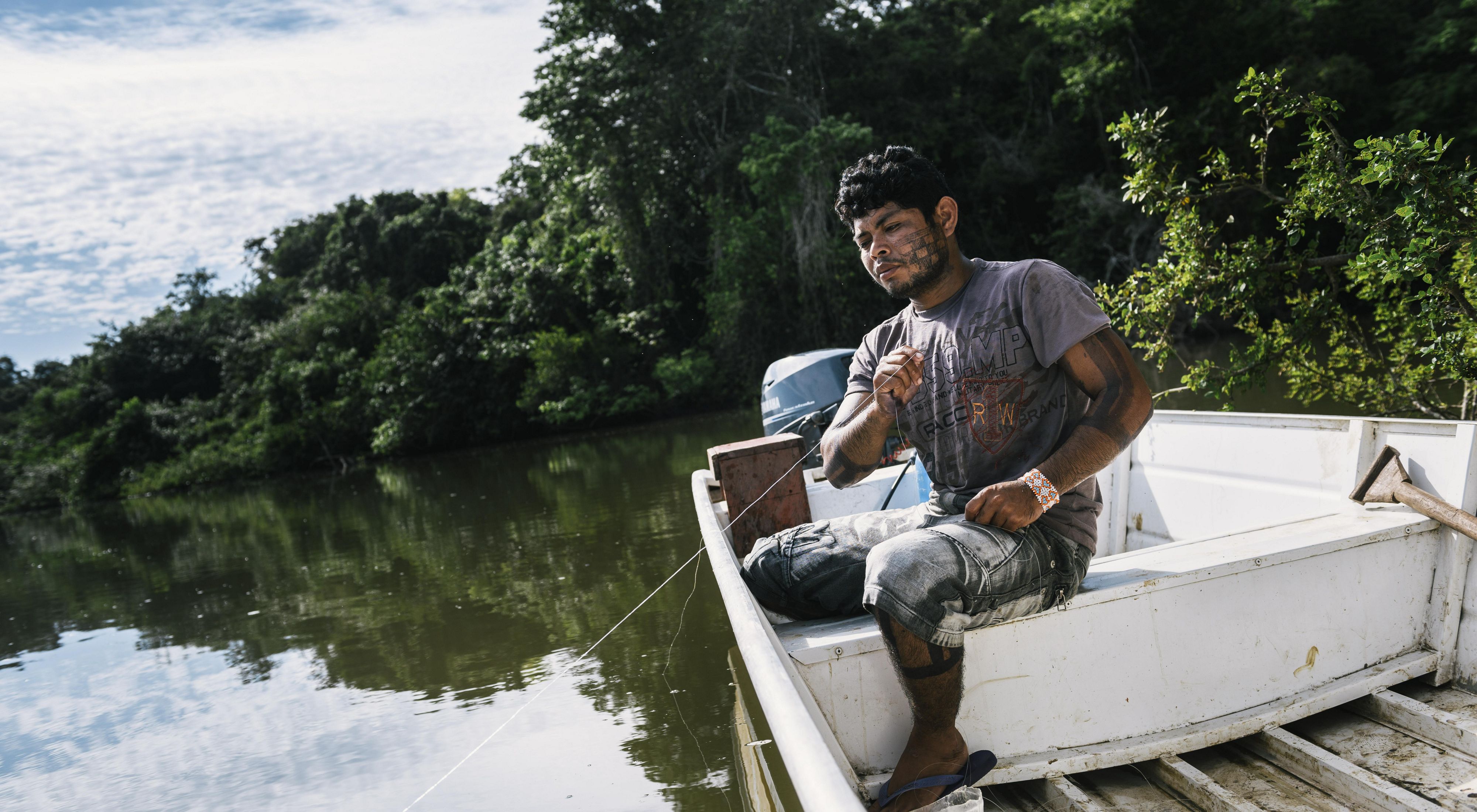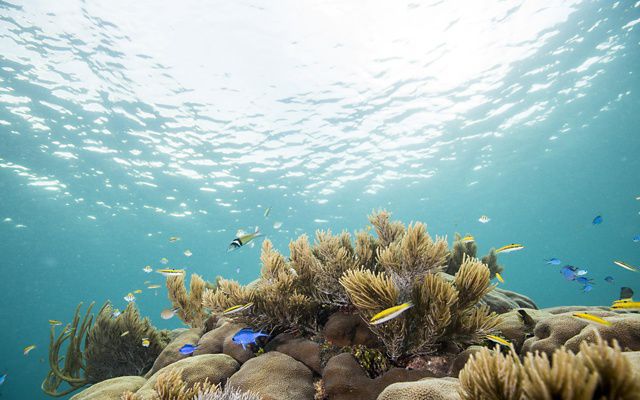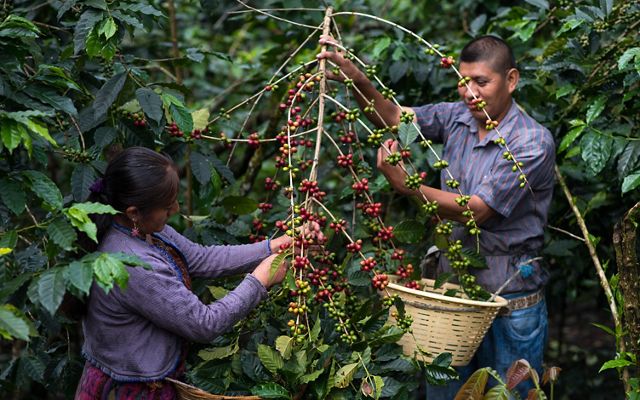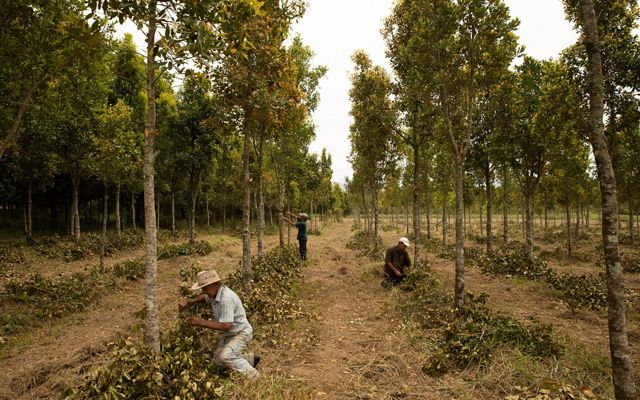The Amazon Rainforest: The Lynchpin of Our Planet’s Healt

A host of superlatives come to mind when talking about the Amazon. After all, the planet’s largest tropical rainforest is home to 1/3 of the world’s species, 1/4 of its fresh water, and its trees store 48 billion tons of carbon dioxide. The Amazon is Earth’s greatest life reserve and plays a crucial role in tackling the climate and biodiversity crises facing our planet.
While the Amazon rainforest is one of the most important places on Earth, it is also one of the most threatened. Nearly the size of the continental United States, the Amazon spans nine countries, with 60% of it in Brazil. Twenty-one million people live in the Brazilian Amazon, including 200 Indigenous and traditional communities.
Brazil has already lost 20% of its rainforest to deforestation, making it one of the biggest contributors to greenhouse gases and global climate change. Yet people are looking for solutions, and the Brazilian state of Pará is taking a leading role in climate action. Home to 9% of the Amazon rainforest, Pará is also the state with the highest deforestation rate in the region.
Through its Amazon Now Program, Pará state seeks to create a low-carbon economy and ensure a sustainable future for people and nature in the Amazon. The plan aims to improve the health of the forest, increase the efficiency of production chains, and boost the well-being of people and conditions in rural areas.
TNC is helping to lay crucial groundwork to advance this vision. To make real headway in conserving the Amazon’s remaining rainforest, we must ensure that standing forests are worth more than forests cleared for pasture while significantly improving local people’s livelihoods. One promising approach is to strengthen markets for products sourced from native or sustainably restored forests and build up a bioeconomy that can guarantee the conservation of large areas in the Amazon through place-based economic opportunities for Indigenous Peoples, traditional communities, and smallholders.


In 2021, TNC, the Interamerican Development Bank (IDB), and the company Natura published a study to gauge the potential of multiple products to generate a forest bioeconomy in Pará. The study confirms that forest-based products such as açaí berries, cocoa, and Brazil nuts can help create a bioeconomy supporting regenerative practices that avoid biodiversity degradation. Such a model would also embrace pricing that rewards producers for biodiversity protection and carbon mitigation.
The study, which projects that the bioeconomy could double Pará’s GDP in 20 years, is being used by the state government to inform its state-level Bioeconomy Strategy.
Quote: Helder Barbalho
We need a range of options to show farmers that they can switch from a broad-based production approach and deforesting the land to an intensive, more profitable model.

Feature
Impact Report 2021
Together, we find a way




